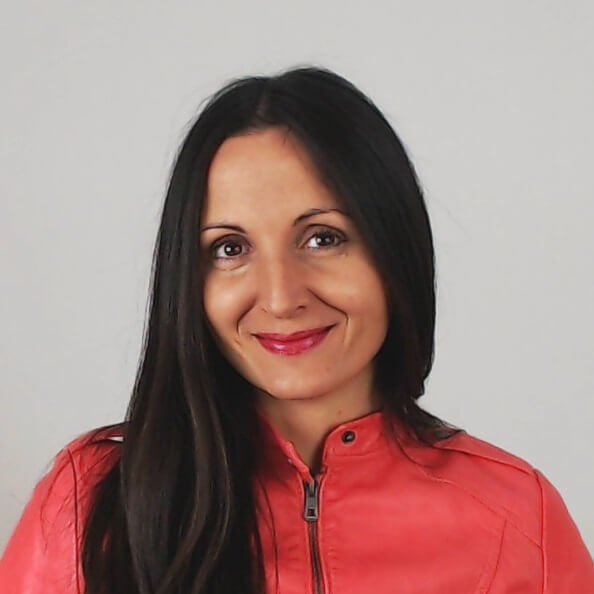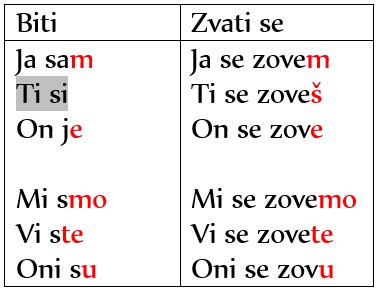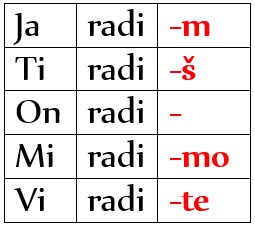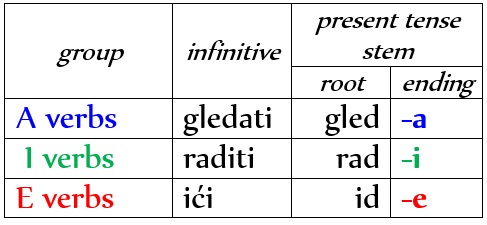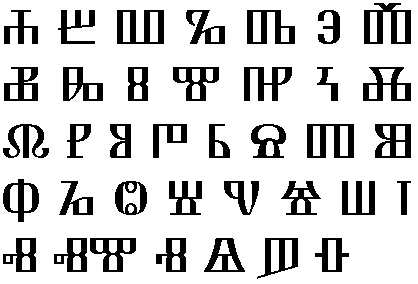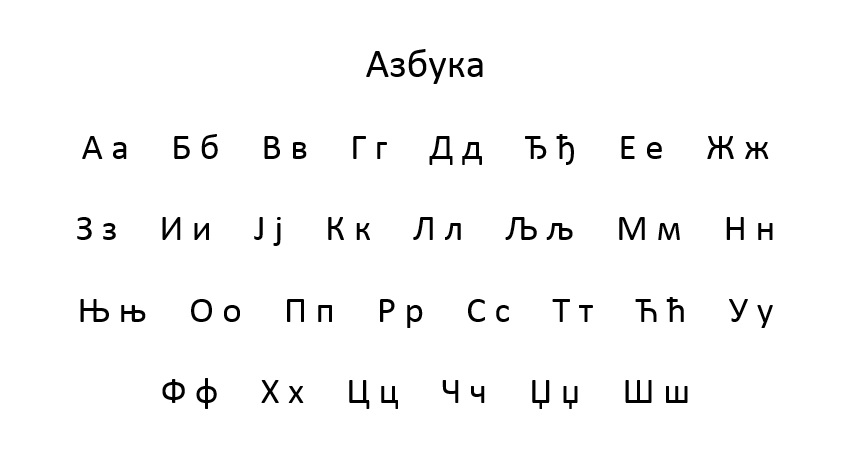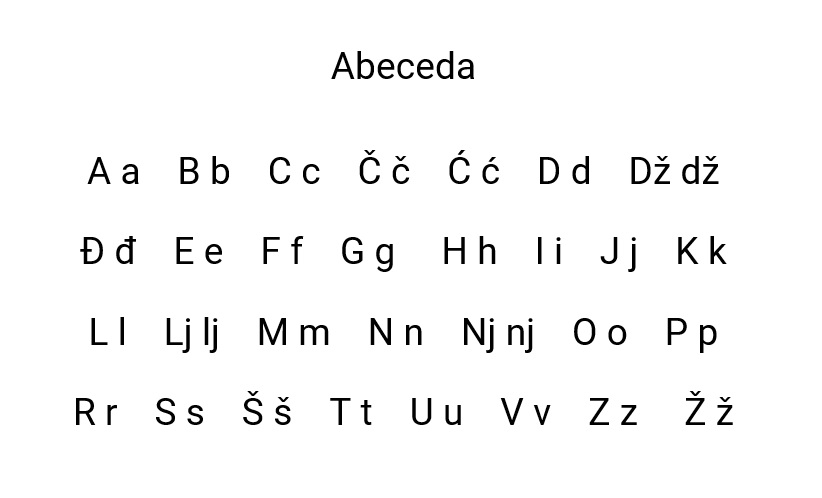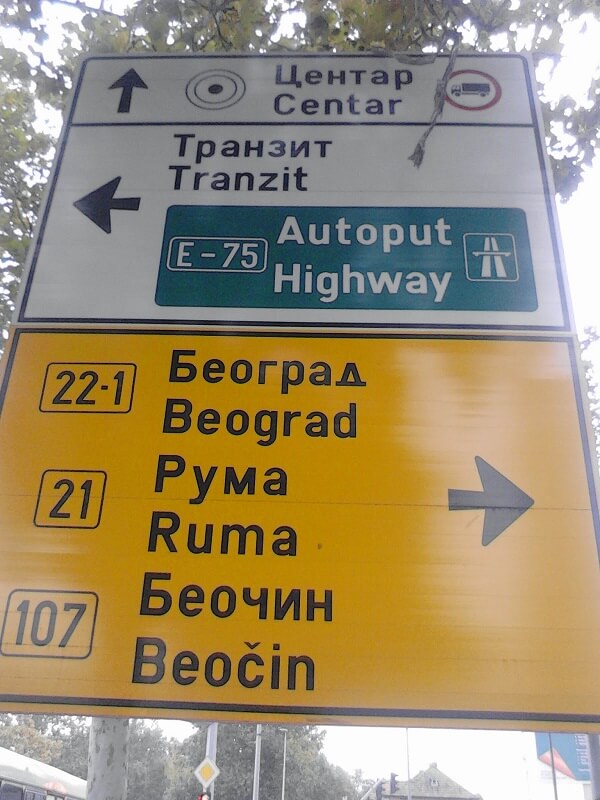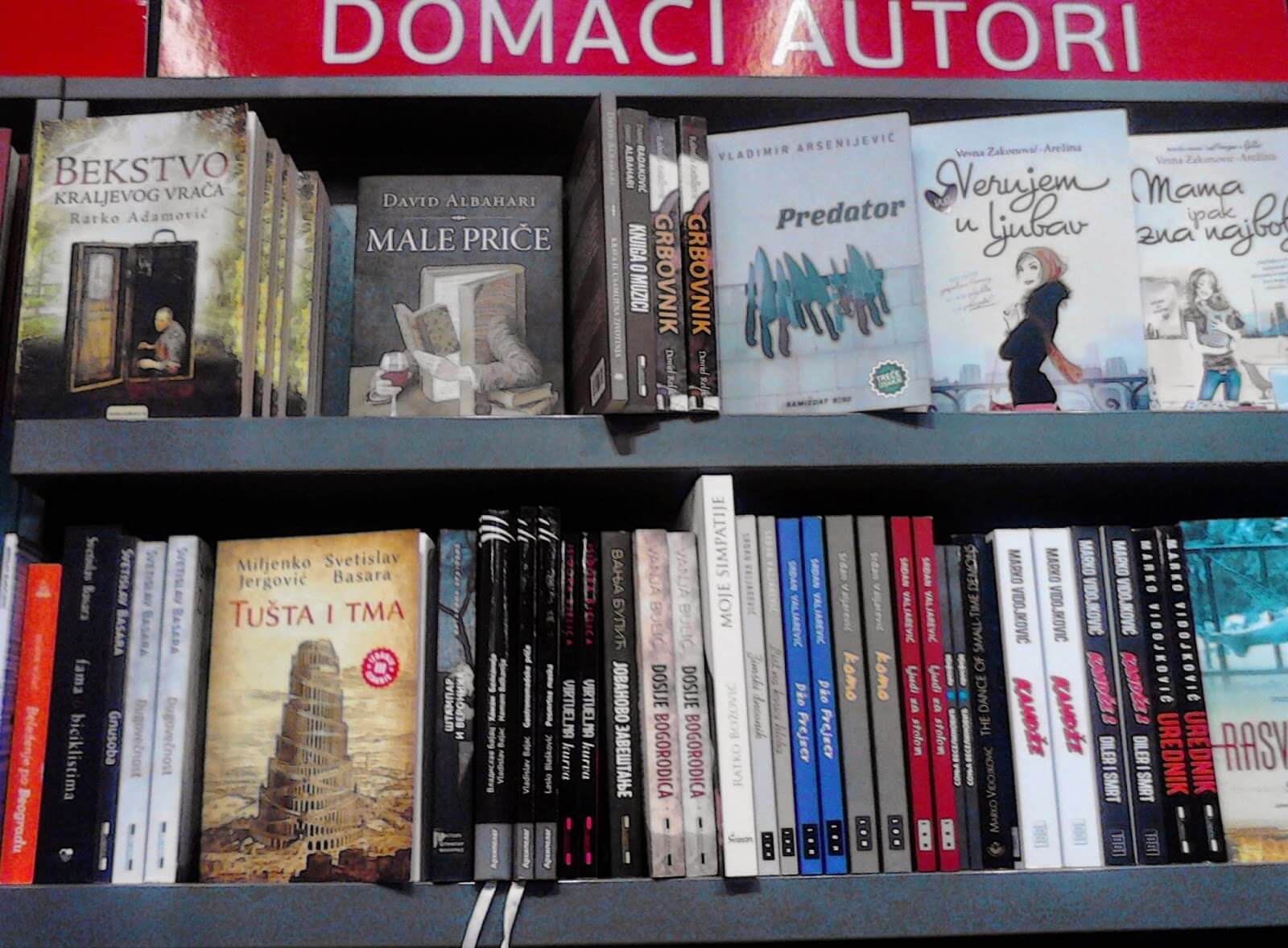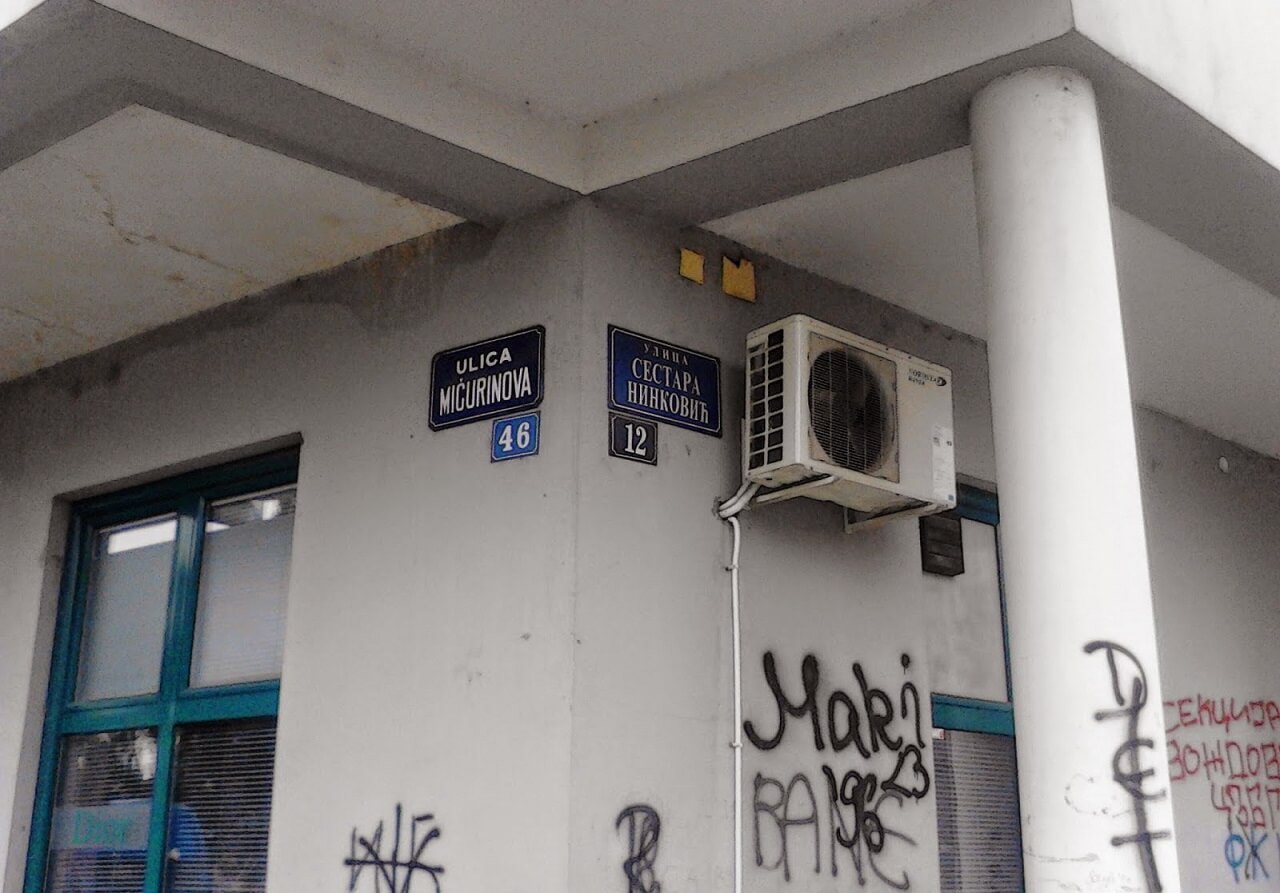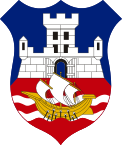How to find a good Serbian language teacher? Not an easy task. When choosing your Serbian teacher, pay attention to the traits that will help you recognize a true talent
Verb To Be in Serbian: Controversies Completely Explained
Verb To Be in Serbian: Controversies Completely Explained
In the Serbian language, verb “to be” is a controversial verb. It can cause disputes and fights and many confusions. Here’s an article that aims to resolve all your doubts about “glagol biti” (verb to be in Serbian).
“Biti ili ne biti, to je pitanje” – Do you recognize this quote? That’s how the famous line from Hamlet sounds in Serbian (“To be or not to be, that is the question”). And I open with this line because there is a serious dispute between linguists about the verb to be in Serbian.
There are grammarians who argue that the verbal forms jesam, jesi, jeste, jesmo, jeste, jesu and their short variants sam, si, je, smo, ste, su are a distinct verb, separate from the verb biti and call it “the verb jesam”.
For them, the infinitive biti is only for the forms budem, budeš, bude, budemo, budete, budu.
Other grammarians follow the etymology of jesam and track its roots back to biti, considering the two different forms to be the perfective and imperfective aspects of this one verb.
That’s why in some textbooks and grammar books you will find the forms jesam and sam listed under the name glagol jesam, and in the others under the name glagol biti.
Don’t let them confuse you!
Since the meaning of all these forms can only be translated with the verb to be (or its corresponding counterparts in other languages, like: essere, ser y estar, εΙμαι, être, sein etc), we will consider all these to be different forms of a single verb whose infinitive is biti.
How to use verb to be in Serbian?
Verb biti is used to connect a subject with:
- a pronoun: Moj brat je on. (My brother is he.)
- an adjective: Moj brat je dobar. (My brother is good.)
- an adverb: Moj brat je dobro danas. (My brother is fine today.)
- another noun with preposition: Moj brat je iz Srbije. (My brother is from Serbia.)
- another noun without preposition: Moj brat je moj prijatelj. (My brother is my friend.)
Or an adverb with another adverb:
- Danas je toplo. (Today it’s hot.)
- Ovde je zanimljivo. (Here it’s interesting.)
As an auxiliary verb, biti is used to form
- past tenses,
- future perfect tense and
- the conditional.
(New posts about these are being created, subscribe not to miss them!)
Now be a diligent student and grab your notebook. Here’s a useful table for you to copy:
All possible forms of Serbian verb to be in present tense
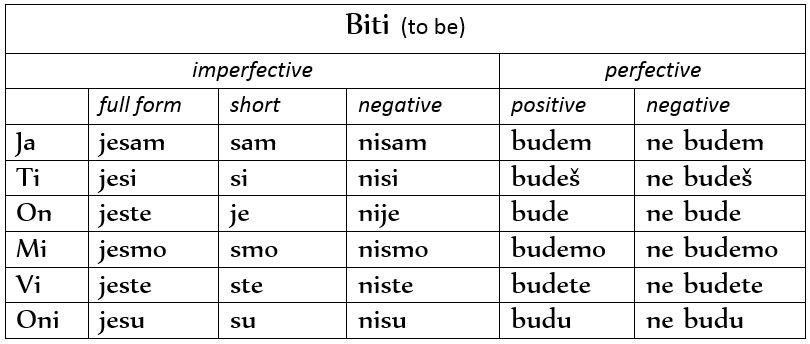
Are you confused about when to use which of all these forms?
I know, you must be.
Here are the general guidelines:
When to use which form of verb to be?
1) In present or past, use the imperfective forms:
- short positive forms (sam, si , je etc.) for positive sentences and
- negative forms (nisam, nisi, nije etc.) when negating
Remember to use the the long forms (jesam, jesi, jeste etc.) only in these situations:
- when you want to really emphasize the verb;
- for answering (we often use jesam, jeste instead of „da“, as well as nisam, nije etc. instead of „ne“);
- when asking questions* („Jeste li vi Amerikanci?“)
* Except for the third person singular, where we use the short form („Je li on Amerikanac?“ or colloquially „Je l’ on Amerikanac?“, which is also written “Jel on Amerikanac?).
2) The perfective forms are only used:
- with modal verbs („želim da budem”),
- with conditional conjunctions (ako, kad) and
- in forming the future perfect tense (more on this soon).
But the Serbian verb to be can cause another confusion!
There is another verb with infinitive biti. It’s present tense stem is bije, and it means to beat!
So to the Hamlet’s dilemma “Biti ili ne biti”, a Serbian teacher can only respond:
“Biti ili tući – to je pitanje!” To beat or to hit, THAT is the question!
(Tući, tuče is actually a synonym of biti, bije.)
Whoa, hold your horses!
Does this variety confuse you? I bet it does, but that’s normal. It’s only a sign that you should slow down and take it bit by bit. Go back to the beginning, and write notes in your notebook as you read the text again.
If you are a complete beginner, do not rush. Start with short and negative forms only (ja sam – ja nisam; ti si – ti nisi etc.). Learn it piece by piece and give yourself time to get used to the new language.
In the video bellow, I teach only pronouns and short forms of verb to be in Serbian, positive and negative, and only singular – to begin with. It’s a part of my Tako Lako Beginner Serbian Course, where everything is taught step by step.
First we need to set a solid basis, and then you’ll be ready to build on.
by Magdalena Petrovic Jelic
Founder of Serbonika
Serbian language teacher and entrepreneur, language lover and polyglot, but also a mother and a relentless storyteller.
On a mission to create the best web space for learning Serbian: Serbonika.

Serbonika
Najbolja metoda za učenje srpskog jezika
The best method to learn Serbian
How to Find an Excellent Serbian Language Teacher
Feet Speech: 8 Serbian Leg Idioms for English and Norweigian Speakers
Did you know that many Serbian leg idioms are actually the same in English and Norwegian? That was a surprise for me too!
False Friends in Serbian for Polish Speakers
Some English speakers make jokes about polishing their Polish, but in this article you will learn 16 false friends in Serbian for Polish speakers.
Corona Virus in Serbia Fought by Distance Learning
First cases of Corona virus in Serbia, isolation measures and the 1st experiment with distance learning in public schools – a Brilliant Solution for Quarantine
